Free download: Top 10 Natural & Easy Remedies for Joint Pain from Home. Learn these helpful remedies.
Estimated Reading Time: 6 minutes read
Our bodies were made to move, but oftentimes, our lifestyles prevent us from getting all the movement our bodies crave… and it can have detrimental effects. Learn how to reduce the harmful effects of sitting with these tips.learn how to reduce the harmful effects of sitting below.
How long have you been sitting at your computer? Before you answer, ask yourself these questions:
Are my feet tingling?
Do my hips feel tighter than usual?
How is my posture? Am I hunched over my desk?
If you answered, “yes” to any of these questions, you’ve probably been sitting for too long.
A common question adults struggling with back and joint pain ask is, “Is sitting bad for me?”
While sitting for brief periods of time can be beneficial to our health and stress recovery, too much of a good thing is always dangerous.
Table of Contents
4 Reasons Sitting Harms Your Joints
The spine is a long structure made of bones with supportive discs of cartilage between them.
Attached to the spine are a series of joints, muscles, and ligaments that aid in movement and proper posture.
Our spines help us to stand tall against gravity, bend over to pick up our kids, and twist or turn in amazing ways.
However, as the years continue, gravity inevitably wins the fight… especially with our modern sedentary lives.
Our “relaxed” way of sitting — with slumped shoulders and overly-rounded spine — causes:
 Wear & Tear on the Spinal Discs
Wear & Tear on the Spinal Discs
Think of all your friends who have “slipped a disc.” Nothing has really slipped out of place, however, the once buoyant and supportive cartilage within the discs has shifted and shrunk in a way that compresses everything around it.
 Overworked Ligaments/Joints
Overworked Ligaments/Joints
To make up for the added compression, these ligaments and joints pick up the slack, trying to overcome gravity while maintaining that slumped over position.
This leaves many ligaments and joints overworked… and others so weak, you may forget how to use them.
 Strained Muscles that Stretch to Accommodate Bad Posture
Strained Muscles that Stretch to Accommodate Bad Posture
Similar to the ability of ligaments and joints to pick up the slack, muscles do the same.
However, instead of contracting and causing movement to reshape the back’s positions, these muscles overstretch to comply with the constant poor posture.
 Less Blood Supply/Nutrients to the Joints
Less Blood Supply/Nutrients to the Joints
This hunched shape shrinks the chest cavity, meaning our lungs have less space to expand with every breath, temporarily limiting the amount of oxygen that fills our lungs and filters nutrients into our blood (and the rest of our body).
Now, these reasons are the “behind the scenes” reasons sitting too long can be dangerous.
But, have you ever experienced numbness or the feeling of swollen joints after extended periods of sitting?
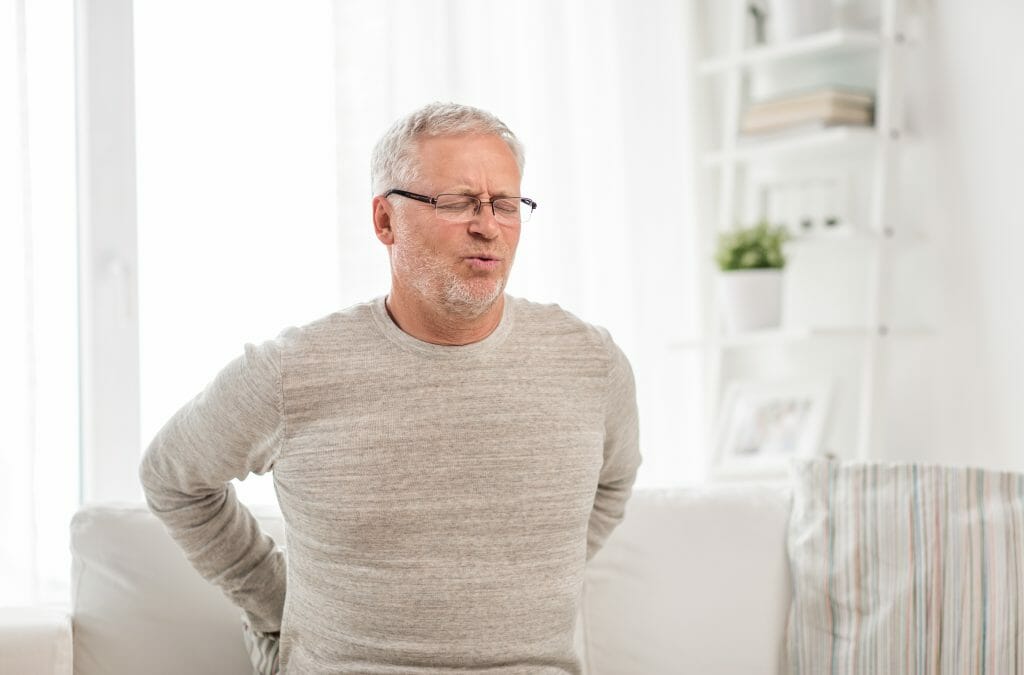
Maybe you get a tingling sensation in your toes telling you to stand up and shake it out.
Well, there’s a very good reason for that.
It’s actually your nerves trying to tell you something!
Muscles, nerves, arteries, and veins form the body’s soft tissue layers. Sitting squashes, pressurizes, and compresses these delicate tissues.
And in areas that are the most compressed, these tissues can become blocked, limiting nerve signaling and causing numbness, reduced blood flow (swelling), and tingling.
So, the next time your nerves send you these signs, try the following strategies:
Three Tips to Reduce the Harmful Effects of Sitting

Stand up and Move
Every 20-30 minutes, stand up and take a walk… or if you don’t have time for a walk, try this simple 4-Directional Multi-Joint Stretch:
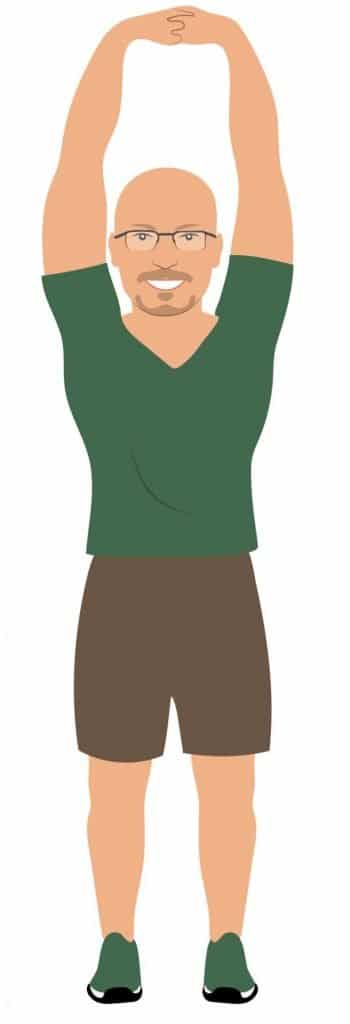
Once your 30-minute timer goes off, stop what you’re doing and stand up.
Lift your arms overhead and interlace your fingers.
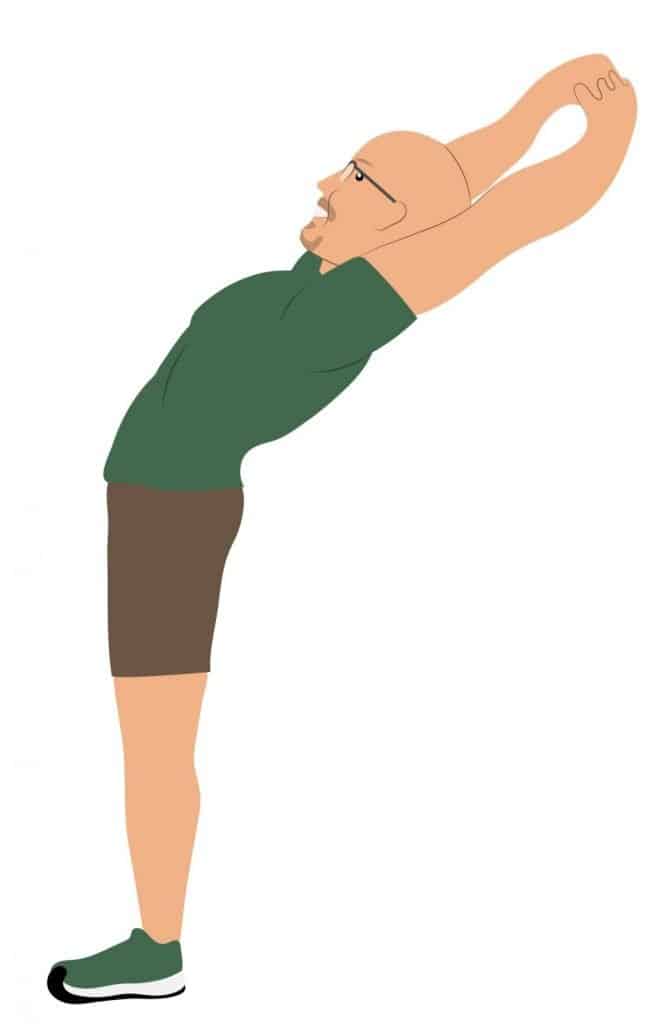
Let your hands lead the way as you arch backward slightly to reverse the curve your spine had while sitting — hold for 5 seconds.
Disclaimer: if you have back pain or poor balance this range of motion may be too big. Instead, just stand up as tall as you can without pain and hold.
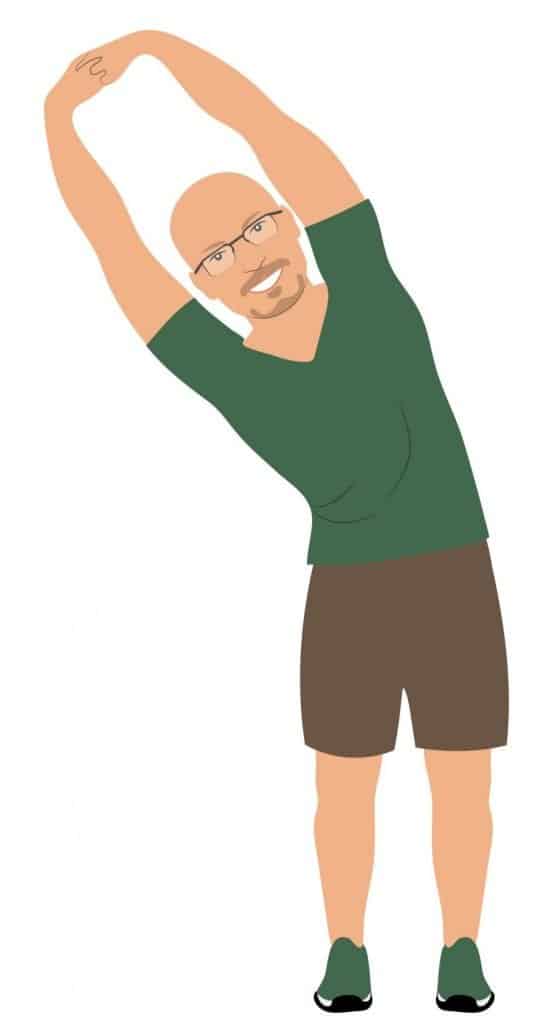
Now, bend towards the left side. Hold for 5 seconds.
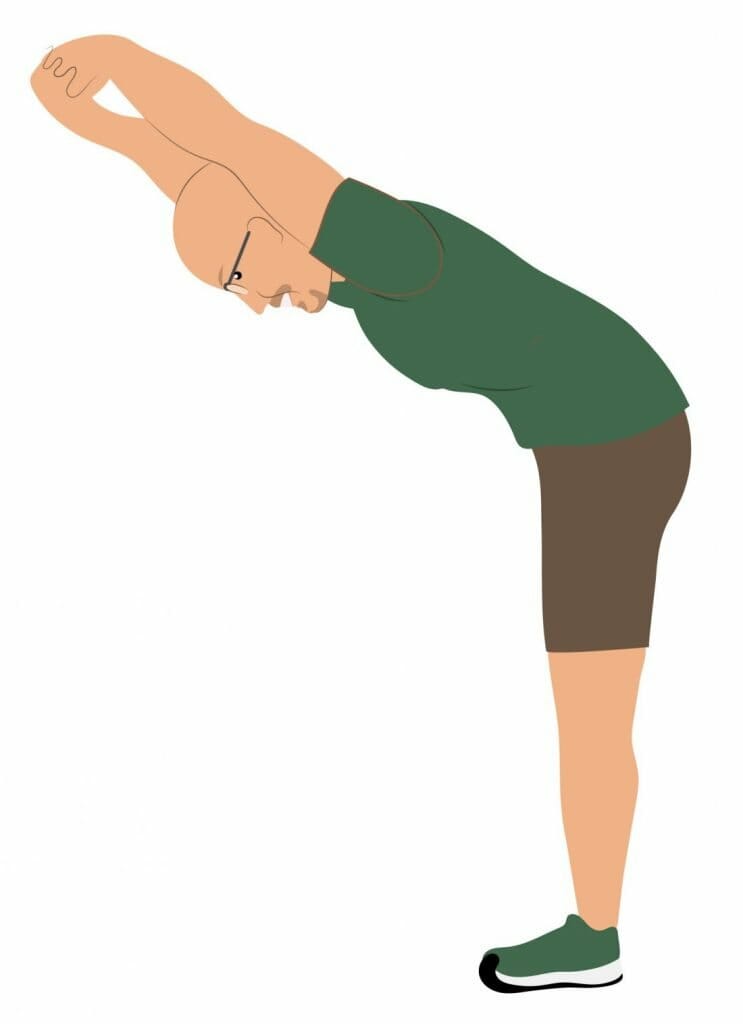
Next, bend towards the front and reach your hands as far out as possible. Hold for 5 seconds.
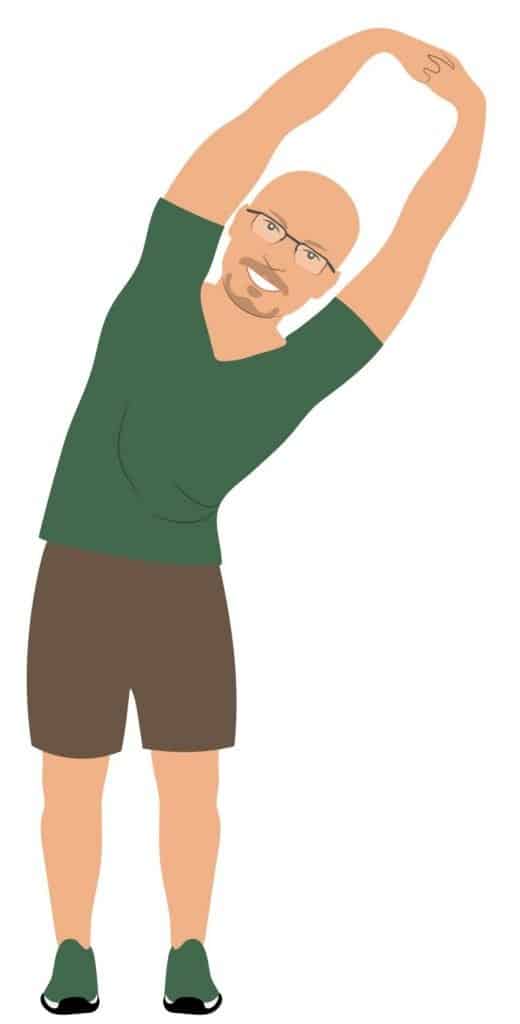
Finally, bend toward the right side and hold for 5 seconds.
Once you complete this stretch, congratulate yourself on loosening up your hips, spine, shoulders, and arms in just 20 seconds!
The other two options are easily done while sitting down.

Reposition Often
Often, it’s easy for us to become so relaxed in our seats that we hardly move at all.
Be wary of this as it’s the lack of movement that causes the harmful effects of sitting.
Instead, try to reposition your body frequently while sitting — adjusting the slumped shoulders to stand taller or even twisting side to side a few times can do wonders for your spinal health.

Do Seated Exercises
The final option takes a bit of practice.
Instead of skipping the commercials or clicking “next” as soon as the episode ends, use this part of your T.V. time to do some sitting exercises.
Three Seated Exercises to do While Watching tv
 Leg Lifts
Leg Lifts
Leg Lifts can either be done one-legged or both at the same time.
Take it slow at first and see what your body can do.
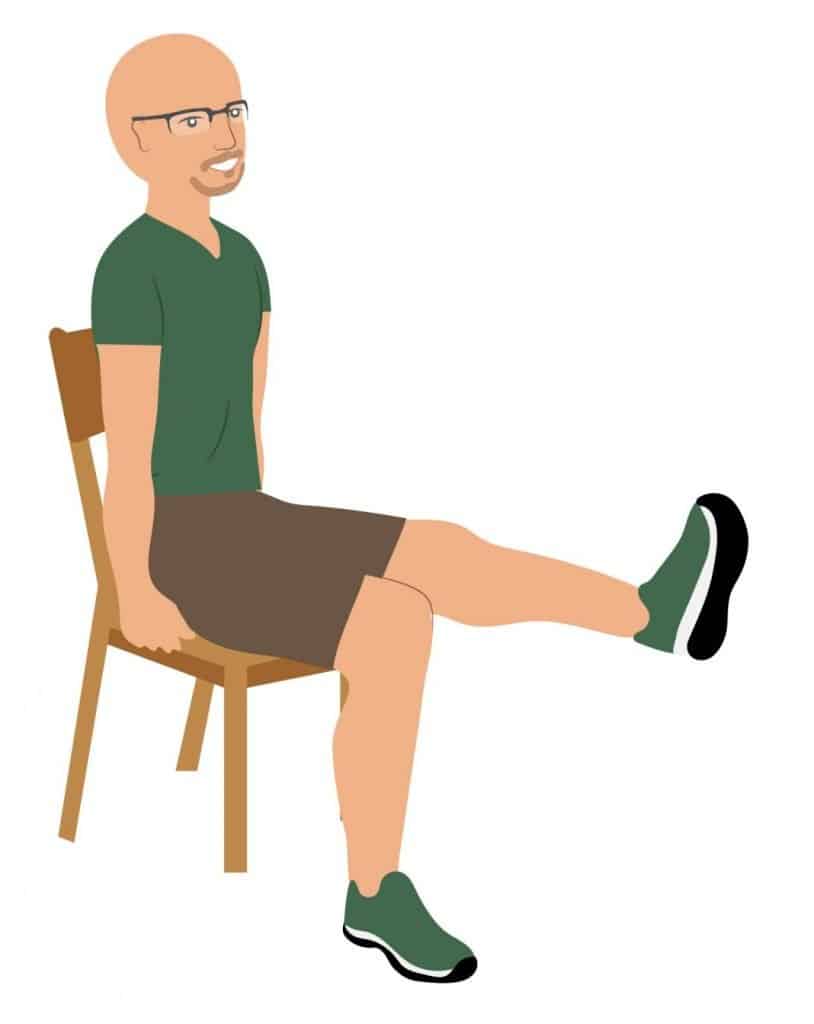
Hold your legs in an elevated position for 5 seconds, lower/rest, and repeat 5 times on each leg.

 Bun Squeezes
Bun Squeezes
Yes, this isometric exercise will light your buns up. This squeeze can be done at any time while sitting — whether typing, reading, or in a meeting! Try it right now:
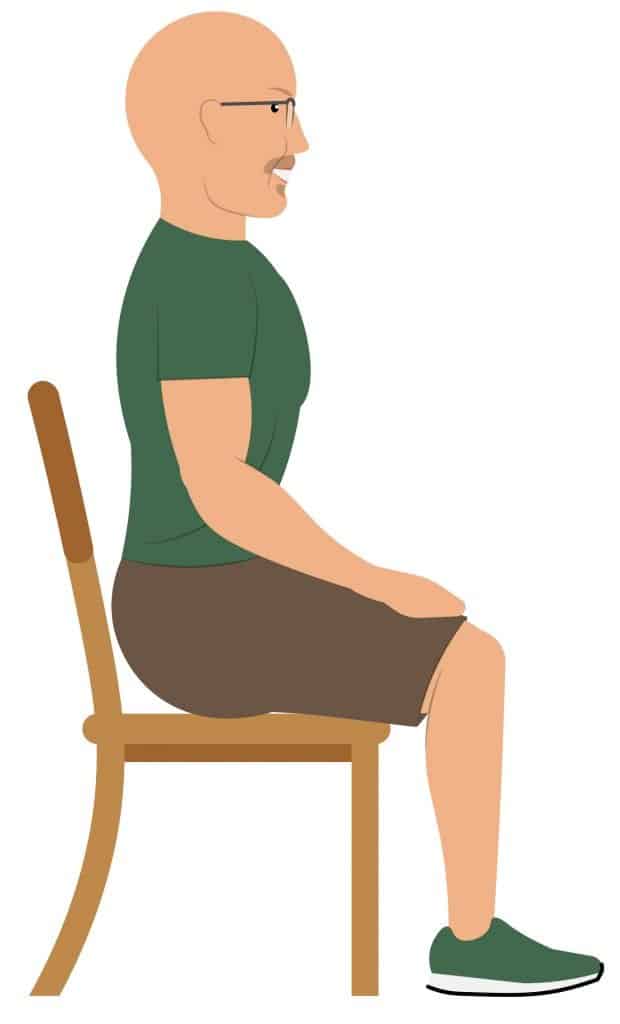
While sitting, tighten your buns.
Hold for 10 seconds, rest, and repeat 3 times.

 Elbow Pinches
Elbow Pinches
Much of the time, our shoulders round forward, not only overstretching spinal muscles and ligaments but also wearing on shoulder ligaments and tendons.
When you notice this, remind yourself to pinch your elbows:
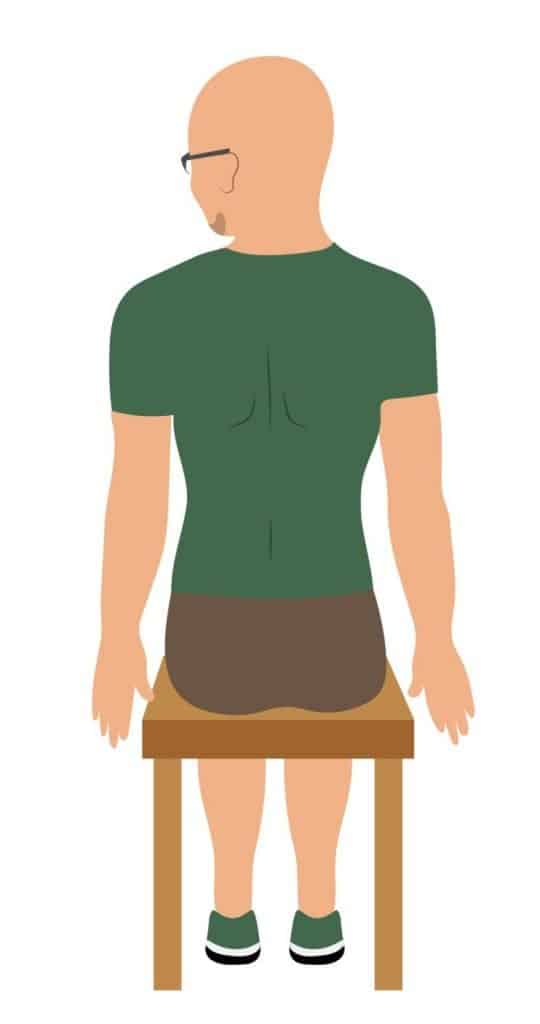
Sit up straight with your arms at your side.
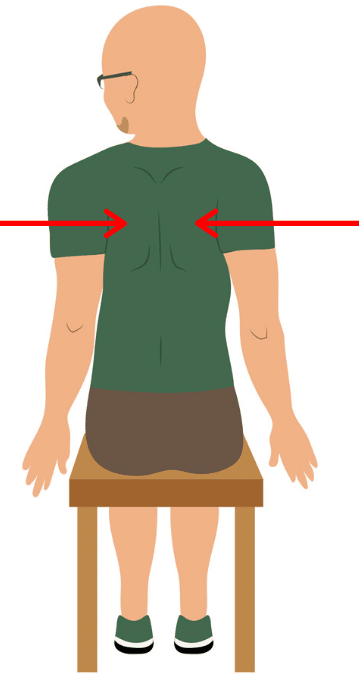
Pinch your shoulder blades down and back, trying to touch your elbows together behind you.
You won’t be able to touch them together but hold with the intent to touch for 10 seconds, rest, and repeat 3 times through.
Together, these simple acts can help reduce the effects of sitting and keep our spines healthy, happy, and resilient to the effects of gravity.
Although it will seem strange at first, finding ways to make these strategies a habit will be incredibly beneficial.
For example, set a 20-30 minute repeatable alarm with the label “Get Up” on your phone — especially on days you know you’ll be forced to sit often.
If you’re just relaxing with friends (or with the show Friends), that’s great too! Try to find triggers that will cue you to perform the above exercises — like commercial breaks or episode endings.
Find what you can stay consistent with and give it a try!
Want more exercises? Try my gentle full-body exercise routine – Isometrics Strength.
It will have all your joints thanking you!
Check it out here.





 Wear & Tear on the Spinal Discs
Wear & Tear on the Spinal Discs Overworked Ligaments/Joints
Overworked Ligaments/Joints Strained Muscles that Stretch to Accommodate Bad Posture
Strained Muscles that Stretch to Accommodate Bad Posture Less Blood Supply/Nutrients to the Joints
Less Blood Supply/Nutrients to the Joints 


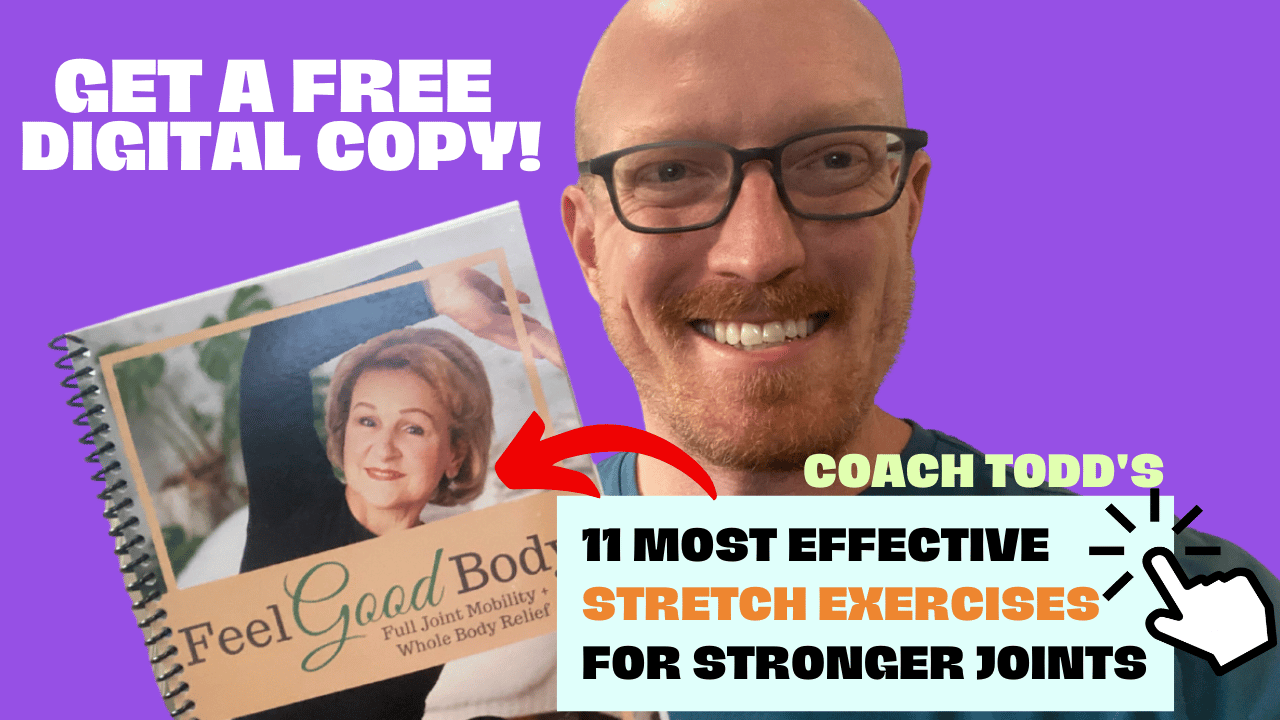


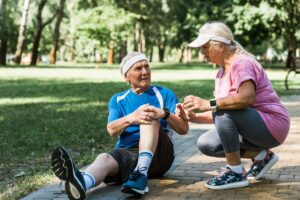
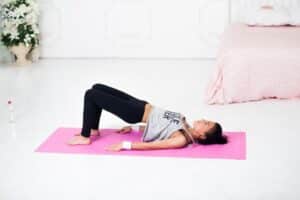

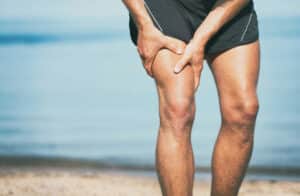

2 Responses
Extremely good information!
Thank you, Christine!